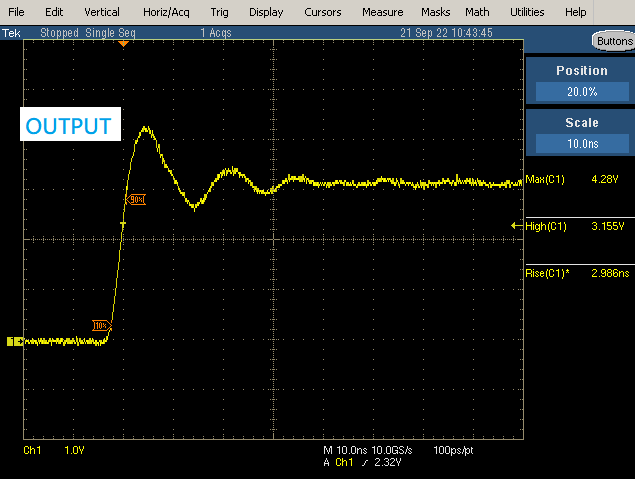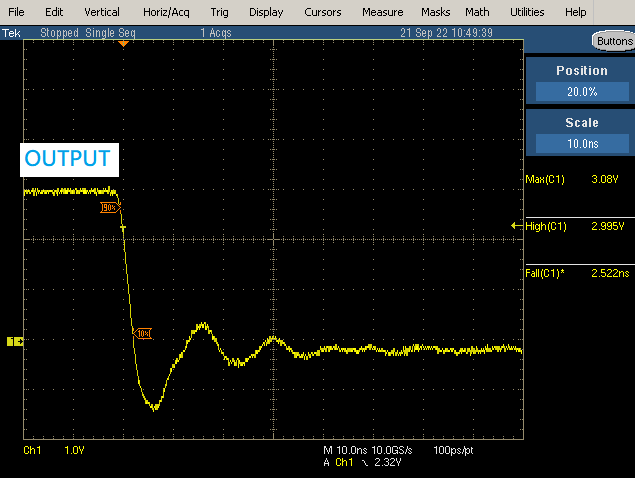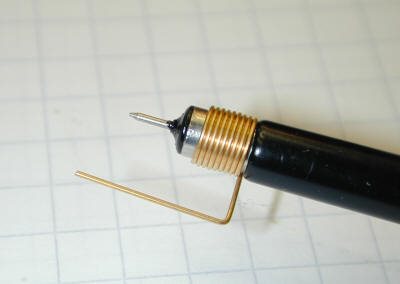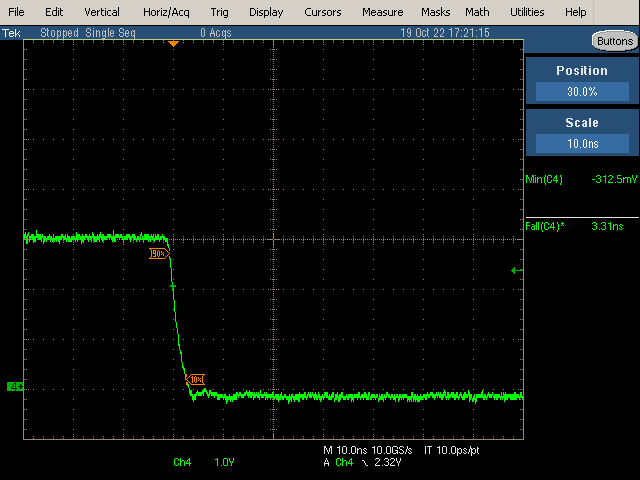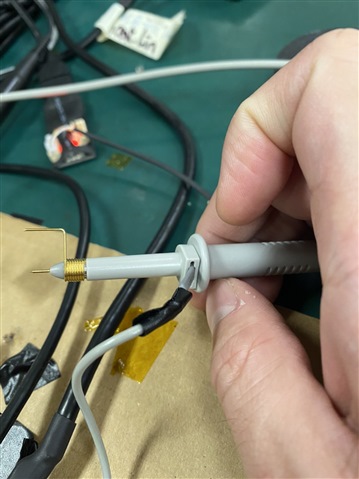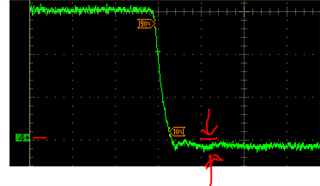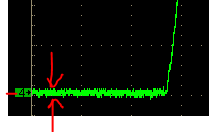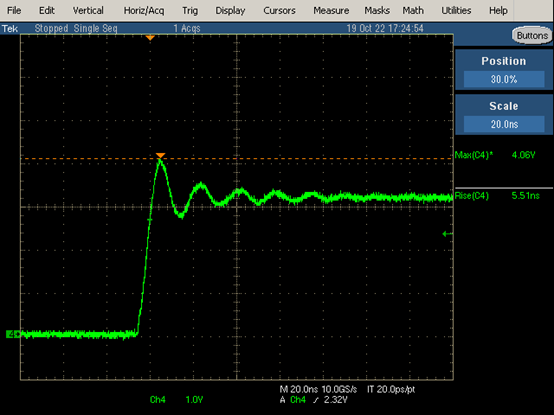Other Parts Discussed in Thread: SN74AUP1G125, SN74AUP1G32
Dear Sirs:
Regarding the SN74AUP3G17(SCHMITT-TRIGGER BUFFER) Output Rise/Fall Time.
1. SN74AUP3G17(SCHMITT-TRIGGER BUFFER) VCC is 3V.
Please provide us with theSN74AUP3G17(SCHMITT-TRIGGER BUFFER) Output Rise/Fall Time.(max) value.
2. SN74AUP3G17(SCHMITT-TRIGGER BUFFER)
VCC = 3V ( 3.3 V ± 0.3 V ) , tpd(Max) = 7.7ns.
The Output Rise/Fall Time.(max) value doesn't exceed the 7.7ns.
Is it correct?
Please check to reply us asap.
Best Regards
Thanks a lot.
Vincent


